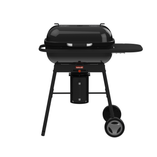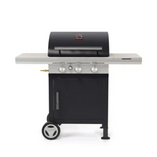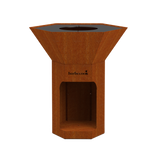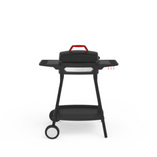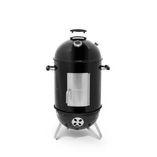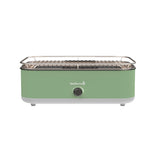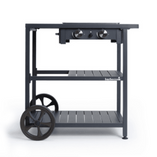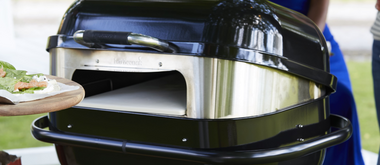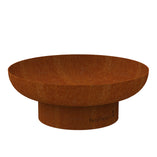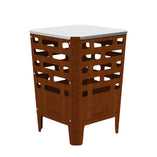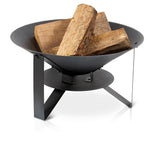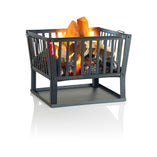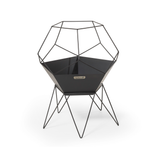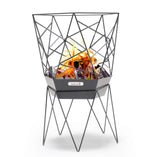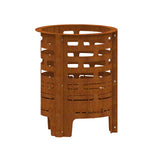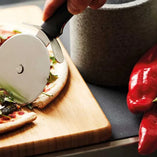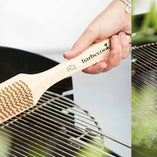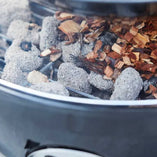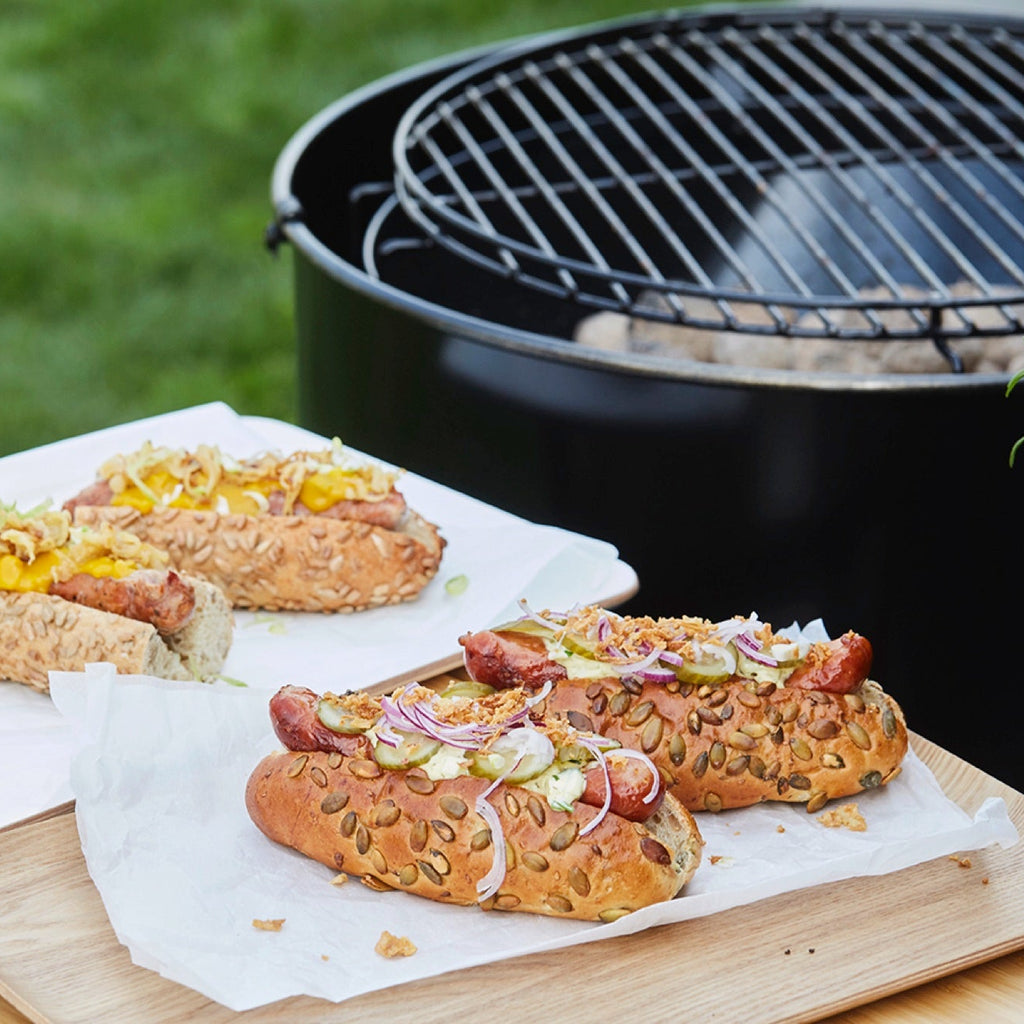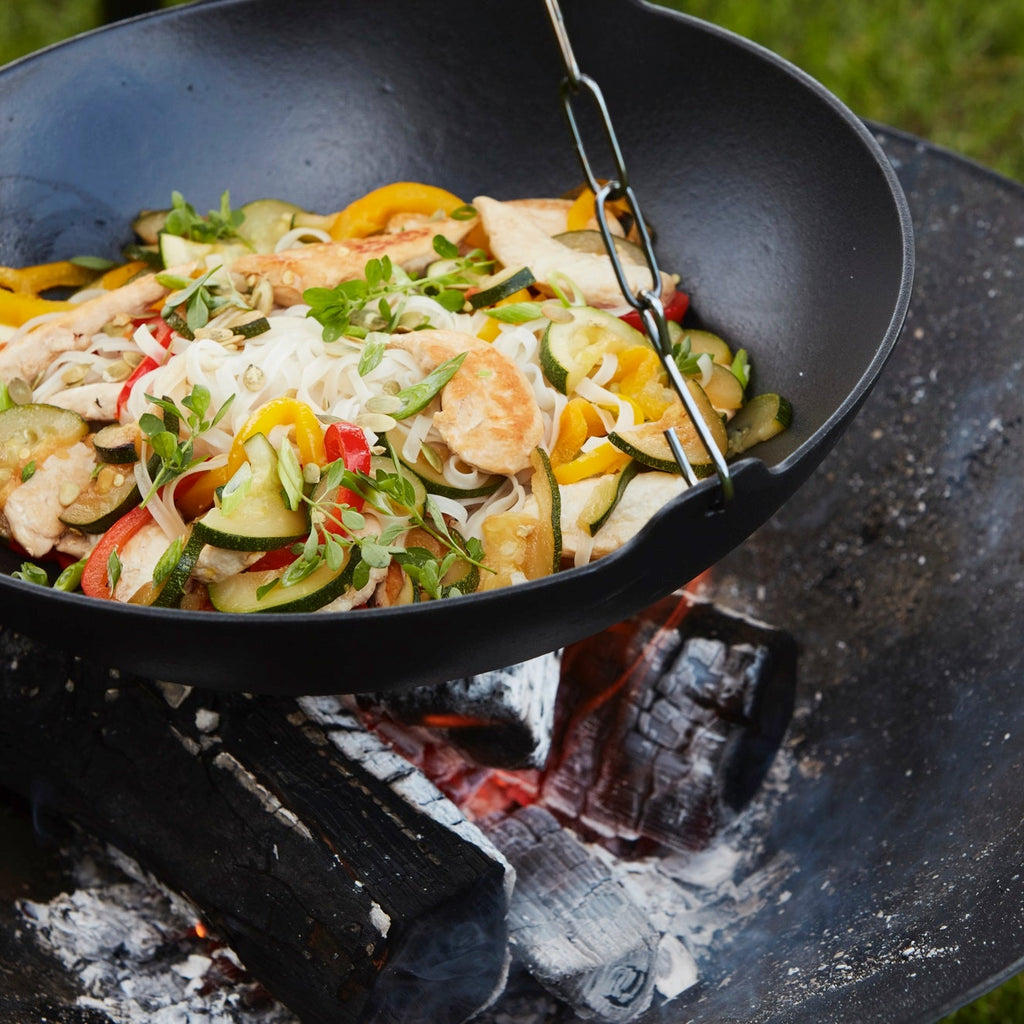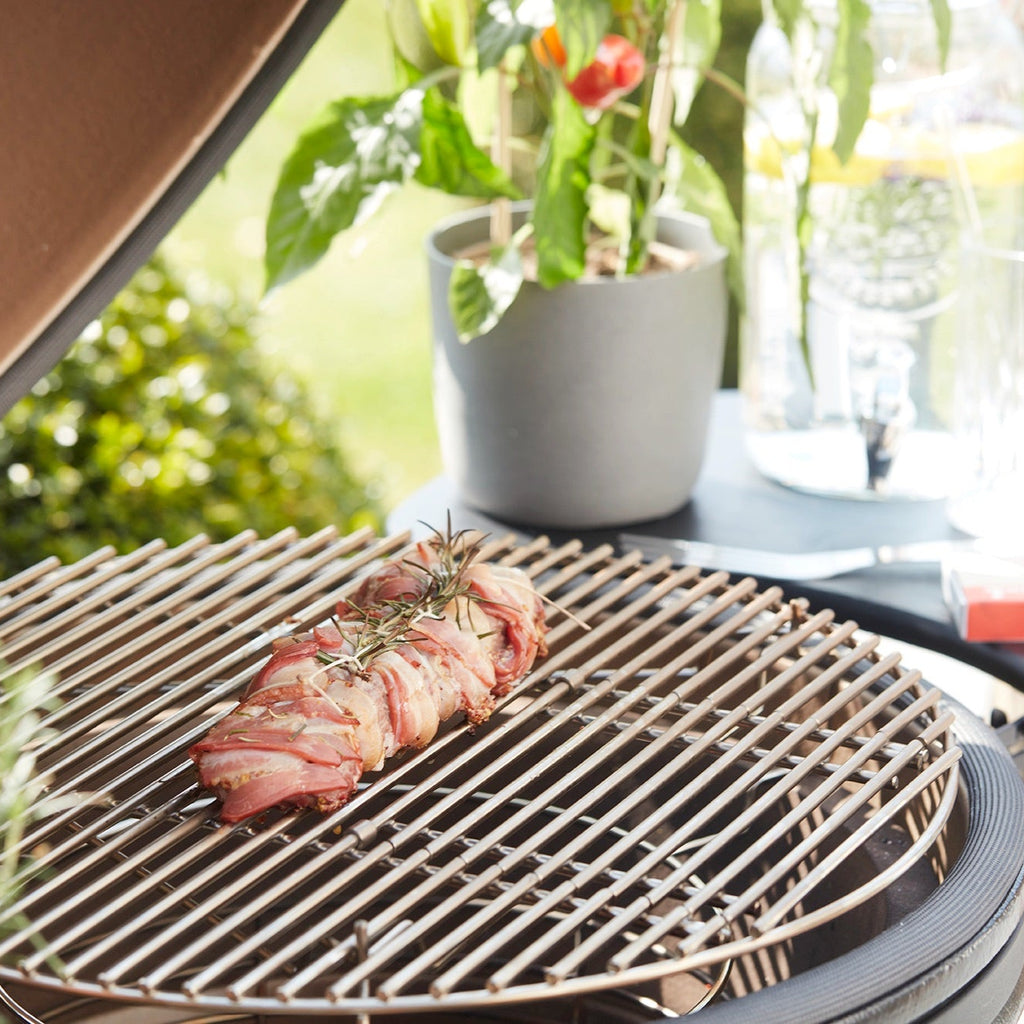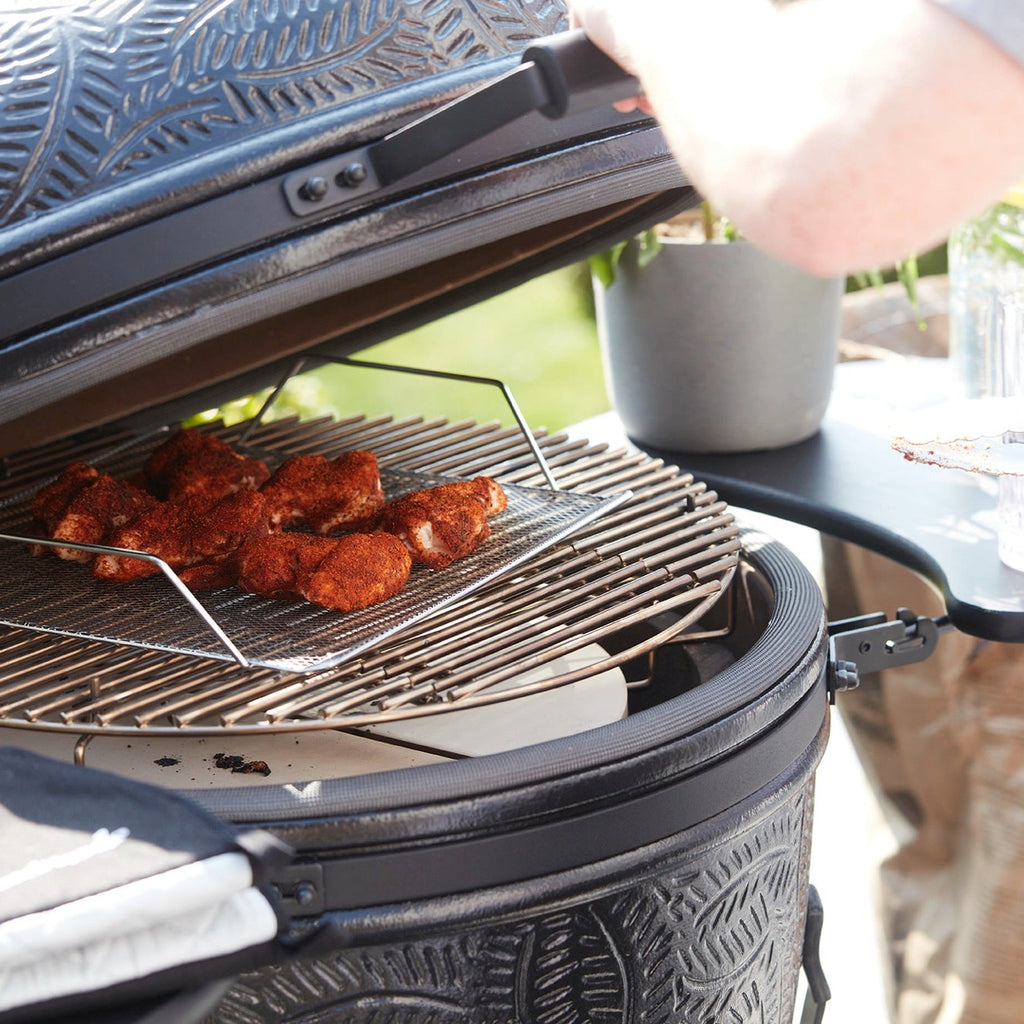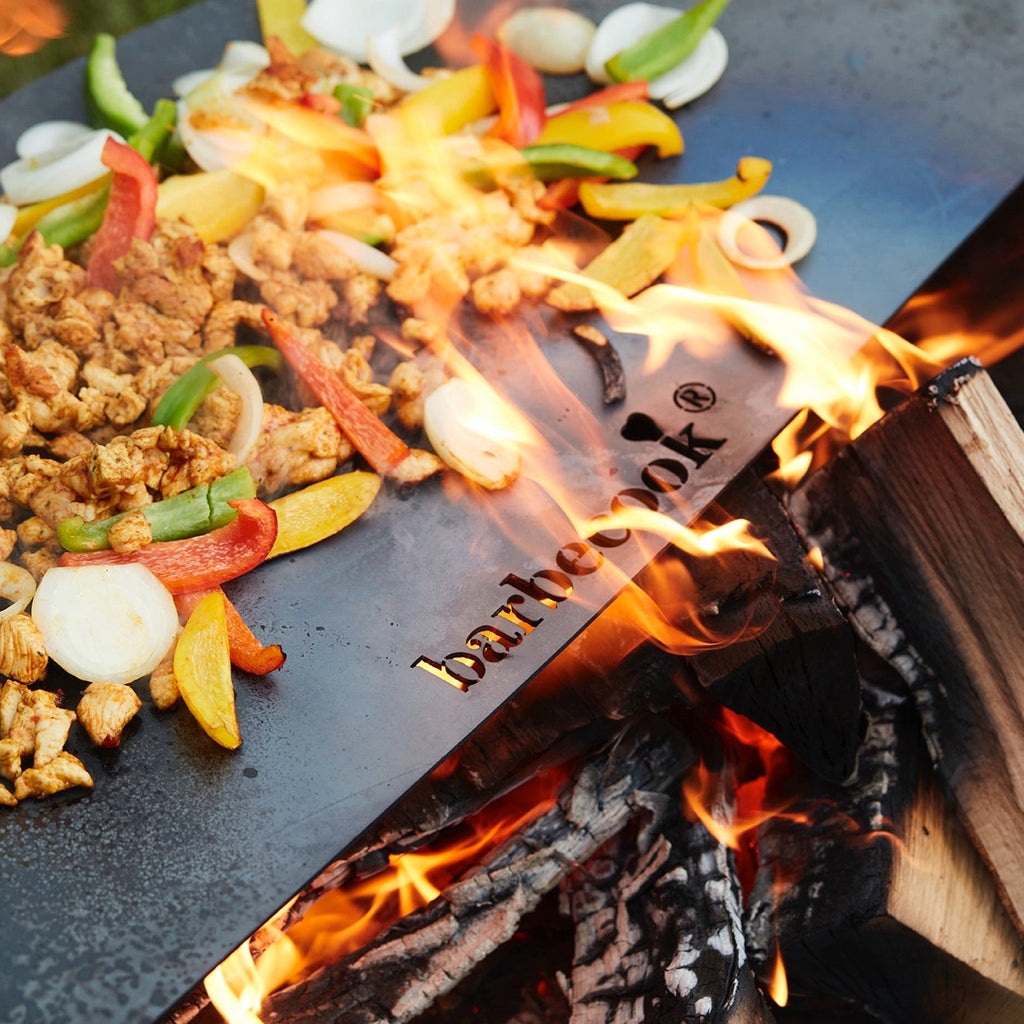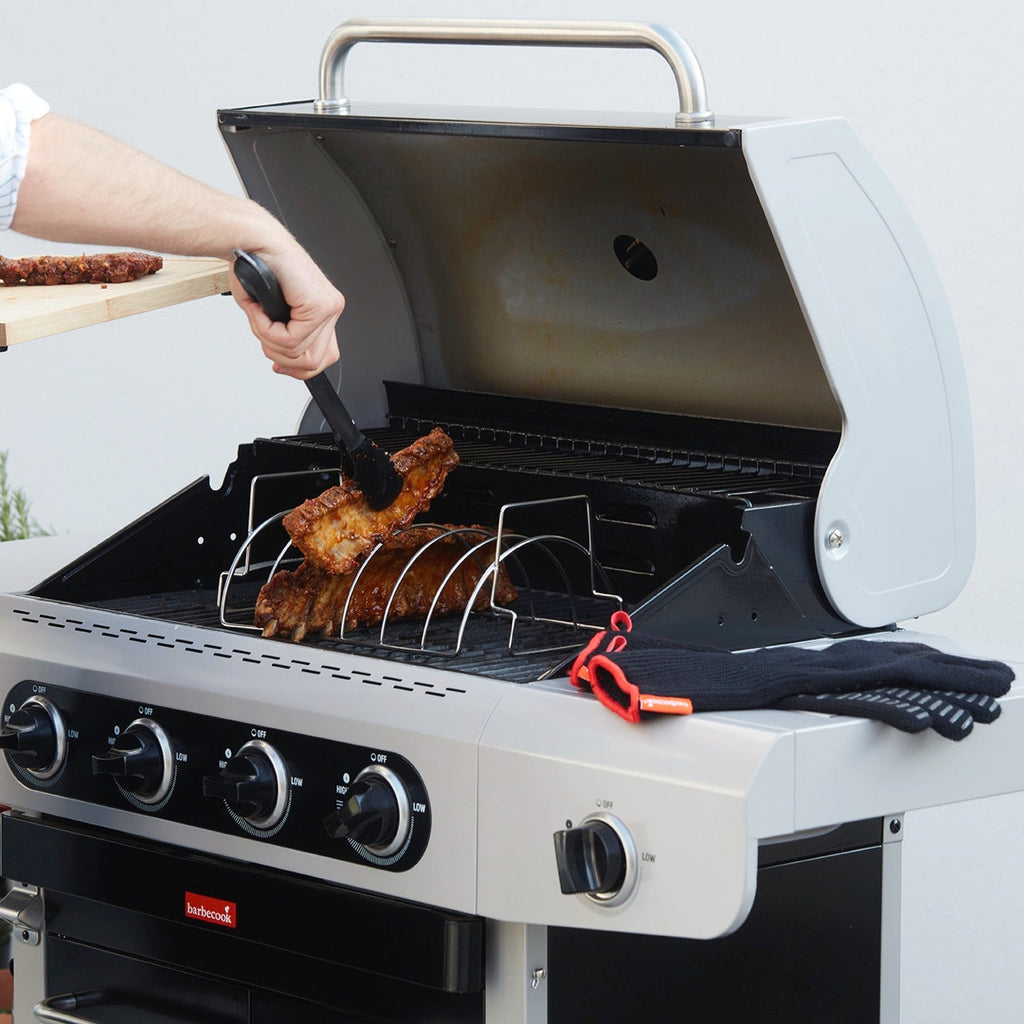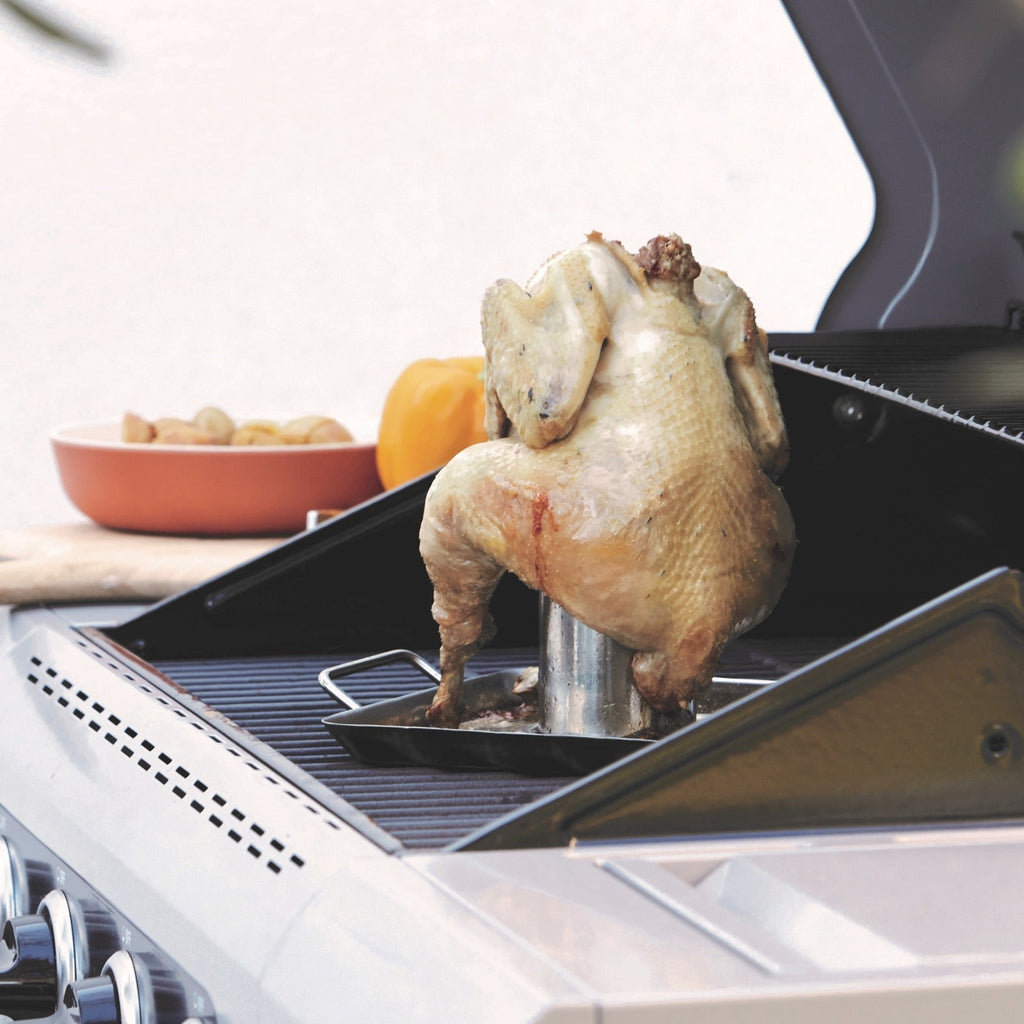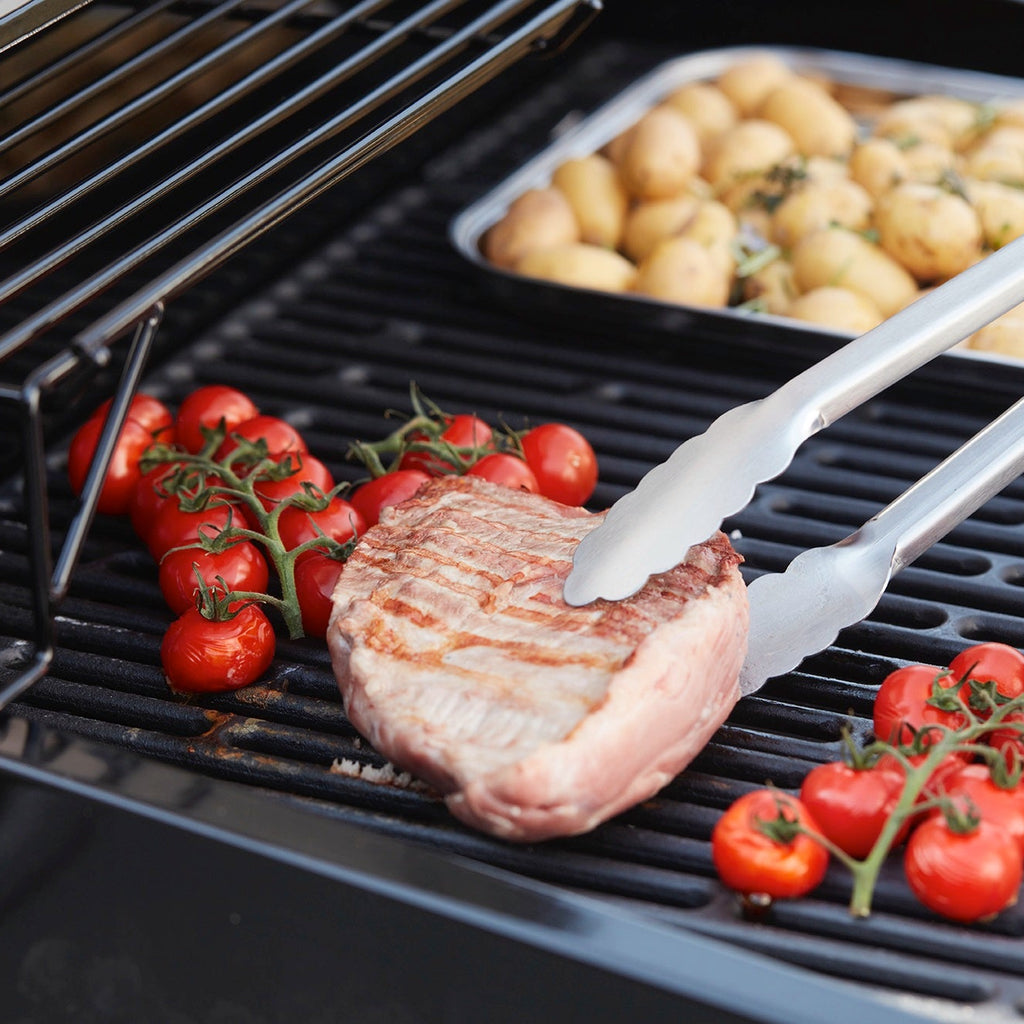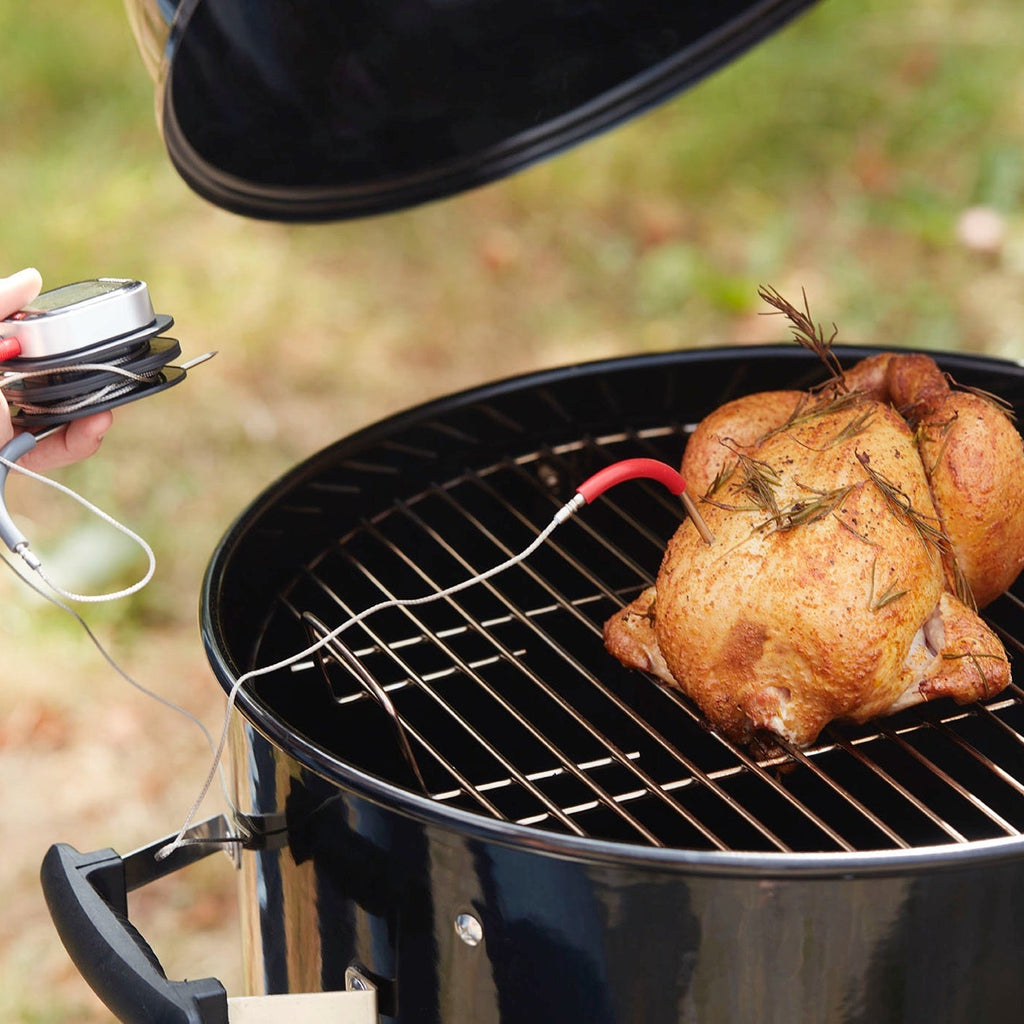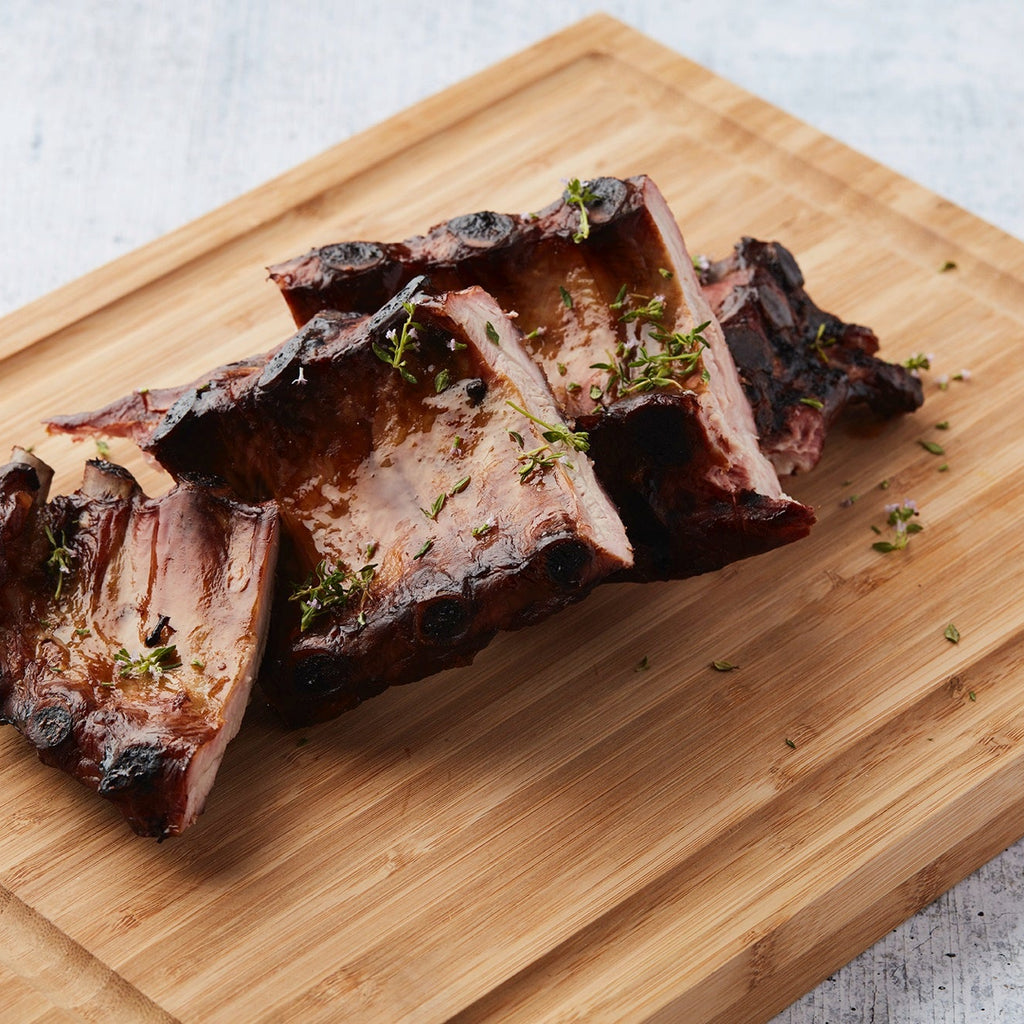Black Angus
Black Angus is considered one of the most popular beef breeds worldwide. The origin of this beef lies in Scotland, where Aberdeen Angus cattle graze the Highlands. A Black Angus cattle is recognizable by its black skin. The cow has short legs and no horns. Angus beef is known for its beautiful marbling that provides a true taste sensation. This fat marbling is also called intramuscular fat and ensures that the meat is very tender. Furthermore, the taste is determined by the cattle's food. In general, an Angus cattle needs little food to survive. The cow mainly eats grass and herbs.
In this recipe we choose Black Angus dry aged. During this aging process, the beef loses some of its moisture making the flavour more intense.
Preparation of Black Angus dry aged on the BBQ
Important: remove the Black Angus côte à l'os from the refrigerator several hours in advance. It’s crucial that it reaches room temperature before grilling the Black Angus on the BBQ.
For the preparation of the Black Angus, we use the Barbecook Kamal.
Season the Black Angus on both sides with pepper and coarse sea salt and place the meat centrally on the barbecue grid. Sear the Black Angus for a few minutes on one side and then turn the meat to do the same on the other side. Should a flame suddenly flare up while barbecuing, it’s recommended to briefly move your meat to another spot on the grill. Flaring flames burn the meat and are unhealthy.
After this, place the barbecue grid a bit higher to allow the piece to cook through on both sides for a few more minutes. When you have reached your desired cuisson, remove the Black Angus from the BBQ and let it rest under aluminum foil. Finally, season with some extra coarse sea salt and slice into slices on one of our handy Barbecook bamboo cutting boards with juice channel.
Enjoy!
Useful Barbecook tools
The time needed to grill a Black Angus on the BBQ depends largely on the thickness of the meat. Do you want perfect control over the cooking method? Then use Barbecook’s digital thermometer.
Moreover, try not to turn the côte à l'os too often. The more often you turn the meat, the more juices will be lost. Also, always choose a pair of barbecue tongs and not a fork. With tongs you do not make holes in the meat, so that no juice can escape. Barbecook offers a wide range of handy, high-quality barbecue tongs.

